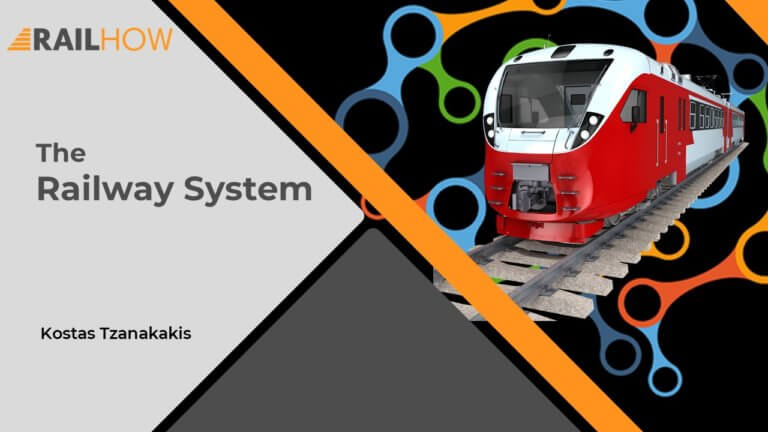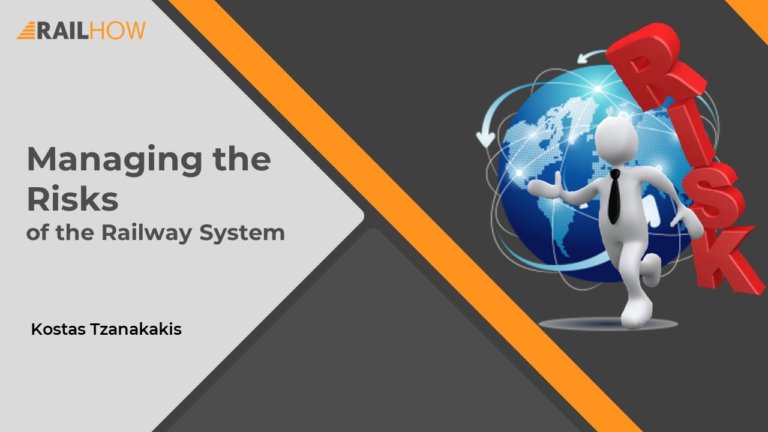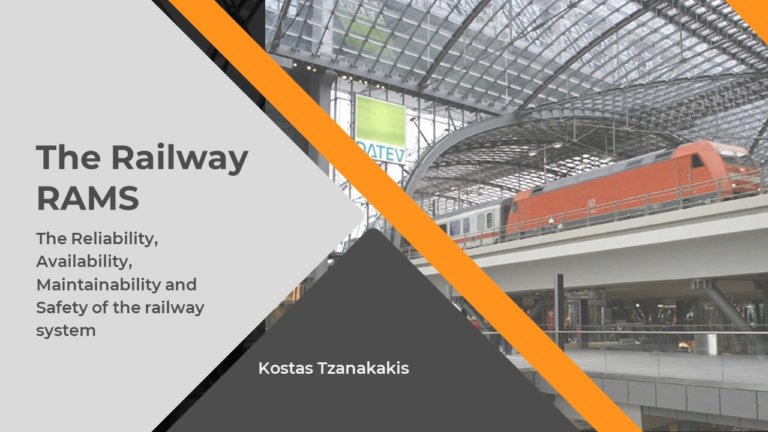Trains have to run on time, and a basic condition is that the quality of the track and other infrastructure objects is sufficient.
The aim of the Infrastructure Manager (IM) is to design, construct and maintain an expensive asset, as it is the railway track, cost-effectively, to assure its high performance during its service life. The only way to achieve this target is included in the word “Quality”. If the Infrastructure Manager can achieve to get a new track of high quality, to maintain it with the optimum maintenance strategies, he will be able to manage a track with low costs and high efficiency.
After attending this workshop, you will be able to:
- Understand the track behaviour when trains are running, highlighting the importance of good track quality,
- Understand the deterioration mechanisms as also the factors influencing the durability of the track geometry.
- Define maintenance strategies that best fit your needs and as Infrastructure Manager.
- Get to know tools for the optimisation of the track construction regarding technical and economic requirements will be presented. LCC and RAMS are two acknowledged methods for assisting the optimisation process regarding those requirements.
- Get to know good practices for preventing track degradation are given. The importance of good quality and how quality affects the long-term behaviour of the railway track will be highlighted.
- Understand the advantages and disadvantages of outsourcing track
- Understand aspects of the cost-effectiveness of the railway track: guiding principles for an effective railway track, methods to measure track performance, benchmarking as a practical tool for improving performance by learning from best practices and understanding the procedures by which they are achieved.
Finally, the characteristics of the future railway and future challenges for the IM will be discussed.
This curse can be provided also as a webinar on site. Details will be published soon.



